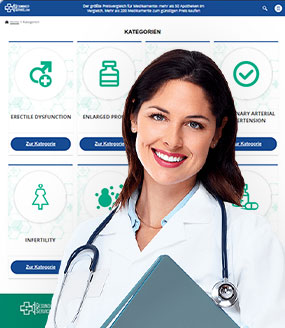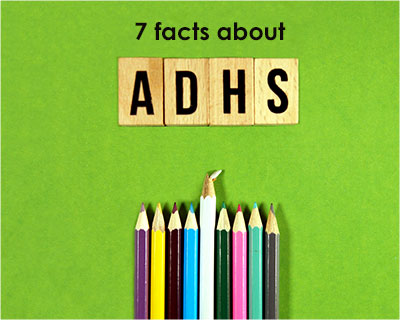1. ADHD is real
Almost all major medical, psychological and educational organizations in Germany long ago concluded that Attention Deficit Hyperactivity Disorder (ADHD) is a true medical brain disorder. These organizations also concluded that children and adults with ADHD benefit from appropriate treatment.
Strattera drug is a good therapy option for adults and children with ADHD. It is not a psychostimulant and is therefore not subject to the Narcotics Act.
2. ADHD is a common disorder
ADHD is a disorder that affects people of all ages, gender, IQ, religious, and socioeconomic backgrounds.
In 2011, the CDC reported that the percentage of children in the United States who have ever been diagnosed with ADHD is now 9.5%. Boys are diagnosed two to three times more often than girls. Around 5 percent of children and young people aged 3-17 in Germany are affected.
In adults, the Harvard/NIMH National Comorbidity Survey Replication found that 4.4% of adults ages 18 to 44 have symptoms and some disability.
ADHD, AD/HD and ADD all refer to the same disorder. The only difference is that some people suffer from hyperactivity and some don't.
3. ADHD diagnosis is a complex process
For an ADHD diagnosis to be considered, the individual must present with a large number of symptoms, have significant problems in daily living in several important areas of life (work, school, or friends), and have had the symptoms for at least six months.
Many symptoms that appear to be extreme forms of normal behavior make diagnosis difficult. There are also a number of other disorders that are similar to ADHD. Therefore, other possible causes of the symptoms must also be considered before a diagnosis of ADHD can be made.
ADHD differs from other disorders in that the symptoms are excessive, pervasive, and persistent. That is, the behaviors are more extreme, appear in different situations, and persist throughout life.
No single test can confirm that a person has ADHD. Instead, doctors rely on a variety of tools, the most important of which is information about the person, their behavior and their environment. If the person meets all the criteria for ADHD, they will be diagnosed with the disorder.
4. Other mental illnesses often coexist with ADHD
- Up to 30% of children and 25-40% of adults with ADHD co-exist with an anxiety disorder.
- Experts claim that up to 70% of people with ADHD will be treated for depression at some point in their lives.
- Sleep disorders are two to three times more common in people with ADHD than in people without ADHD.
5. ADHD is not harmless
ADHD is not harmless. Especially if this disorder goes undiagnosed and untreated, it contributes to the following problems:
- Poor school performance and low self-control in school.
- Problems at work, lost productivity and diminished earning power.
- Problems in relationships.
- More road accidents.
- Problems with overweight and obesity.
- Problems with the law.
ADHD is possibly one of the most costly diseases. Evaluating, diagnosing and treating this condition can not only improve quality of life but also save billions of euros every year.
6. ADHD isn't your fault
ADHD is not caused by moral failure, poor parenting, family problems, bad teachers or schools, too much television, food allergies, or too much sugar. Rather, research shows that ADHD is both highly genetic (the majority of ADHD cases have a genetic component) and a brain disorder (ADHD symptoms are associated with many specific brain regions).
Factors that make a child more likely to have the disorder include gender, family history, prenatal risks, environmental toxins, and physical differences in the brain.
7. ADHD treatment has many aspects
Treatment options currently available focus on reducing the symptoms of ADHD and improving functioning. Treatment includes medication, various types of psychotherapy, behavioral interventions, education or training, and educational support. You can buy Atomoxetine on doctor's prescription. Modafinil is also prescribed off-label because it has a lower addictive potential compared to traditional psychostimulants such as methylphenidate. ADHD treatment usually consists of a combination of several options.
From the category: Where, how and what drugs to buy?
Last updated on 24.05.2022







